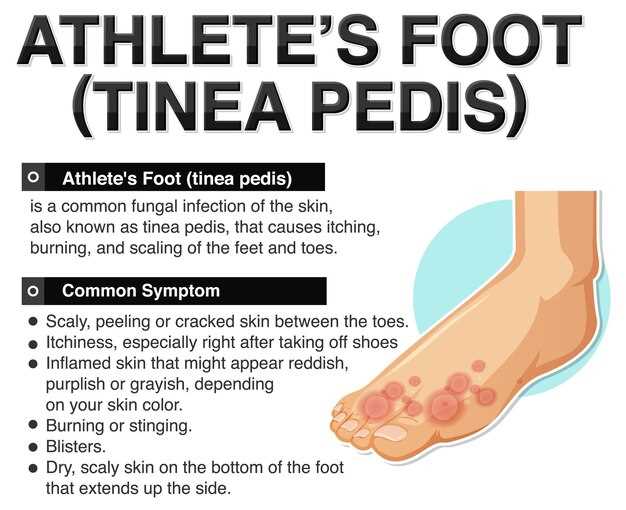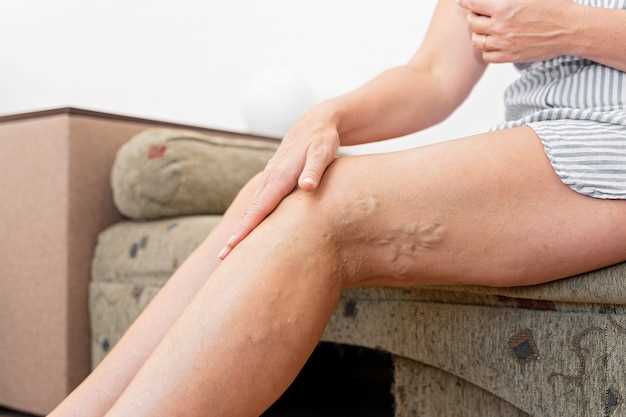
Suffering from ankle edema? Mirtazapine offers effective relief for this uncomfortable condition. Take control of your discomfort and swelling with Mirtazapine today.
Don’t let ankle edema hold you back – try Mirtazapine now!
Understanding Ankle Oedema

Ankle oedema, also known as ankle swelling, is a condition characterized by the accumulation of excess fluid in the tissues surrounding the ankle joint. This can lead to swelling, discomfort, and decreased mobility in the affected area.
One of the potential causes of ankle oedema is the use of certain medications, such as mirtazapine. Mirtazapine is an antidepressant that may contribute to fluid retention in some individuals, leading to ankle oedema as a possible side effect.
Causes of Ankle Oedema:
- Medication side effects, including mirtazapine
- Heart failure
- Liver disease
- Kidney disease
It is important to consult with a healthcare professional if you experience ankle oedema, especially if you suspect it may be related to medication use. Understanding the underlying causes of ankle oedema is crucial for appropriate management and treatment of the condition.
Symptoms of Ankle Oedema
Ankle oedema, also known as swelling of the ankles, can be a common side effect of mirtazapine. It is essential to recognize the symptoms to address them promptly. Some of the key symptoms of ankle oedema include:
- Swelling around the ankles
- Pitting edema, where pressing a finger against the skin leaves an indentation
- Pain or discomfort in the swollen area
- Difficulty in moving the ankles or walking
- Stiffness or tightness in the ankles
If you experience any of these symptoms while taking mirtazapine, it is important to consult your healthcare provider for proper evaluation and management. Ignoring ankle oedema can lead to complications and discomfort, so early recognition and treatment are crucial.
Symptoms of Ankle Oedema
Ankle oedema, also known as swelling in the ankles, is a common condition that can be caused by various factors. The most common symptoms of ankle oedema include:
1. Swelling: The most obvious symptom of ankle oedema is swelling in the ankles. This swelling can range from mild to severe and may be accompanied by tightness or discomfort in the affected area.
2. Pitting Edema: When you press on the swollen area with your finger, it may leave an indentation or “pit” that takes some time to disappear. This is known as pitting edema and is a characteristic sign of fluid retention in the tissues.
3. Skin Discoloration: The skin over the swollen area may appear reddish or bluish in color due to poor circulation caused by the fluid buildup in the tissues.
4. Limited Range of Motion: Severe ankle oedema can restrict movement and cause stiffness in the affected joint, making it difficult to move the ankle freely.
5. Pain or Discomfort: In some cases, ankle oedema may be accompanied by pain or discomfort, especially when walking or standing for extended periods.
It is important to consult a healthcare professional if you experience persistent or severe symptoms of ankle oedema to determine the underlying cause and receive appropriate treatment.
Treatment Options for Ankle Oedema
When it comes to treating ankle oedema, there are several options available depending on the underlying cause of the swelling. Here are some common treatment options:
1. Medications

Doctors may prescribe diuretics to help reduce fluid retention in the body and alleviate swelling in the ankles. Anti-inflammatory medications may also be recommended to reduce inflammation.
2. Compression Therapy
Wearing compression stockings or socks can help improve circulation and reduce swelling in the ankles. These garments apply pressure to the legs, helping to push excess fluid up towards the heart.
3. Elevation
Keeping the affected leg elevated above heart level can help reduce swelling by allowing fluid to drain away from the ankle. Aim to elevate the leg for at least 30 minutes several times a day.
4. Lifestyle Changes
Simple lifestyle changes can also help manage ankle oedema. Avoiding sitting or standing for long periods, staying hydrated, and reducing salt intake can all contribute to reducing swelling in the ankles.
5. Exercise and Physical Therapy
Engaging in regular exercise and working with a physical therapist can help improve circulation, strengthen muscles, and reduce swelling in the ankles. Physical therapy exercises may focus on ankle mobility and strengthening the muscles in the lower leg.
It’s important to consult with a healthcare professional to determine the best treatment plan for your specific situation. Chronic ankle oedema may require ongoing management and monitoring to prevent complications and improve quality of life.
Preventive Measures and Lifestyle Changes
Preventive Measures
Preventing ankle oedema involves several key measures. It’s important to maintain a healthy weight to reduce the strain on your ankles. Regular exercise, including activities that promote circulation, can also help prevent fluid retention in the ankles. Avoiding prolonged periods of sitting or standing can reduce the risk of developing ankle oedema.
Lifestyle Changes
Adopting certain lifestyle changes can help manage ankle oedema. Elevating your legs above heart level when resting can reduce swelling in the ankles. Following a low-sodium diet and staying hydrated can also help prevent fluid buildup. Wearing compression socks or stockings can provide additional support and improve circulation in the ankles.
| Preventive Measures | Lifestyle Changes |
| 1. Maintain a healthy weight | 1. Elevate legs above heart level |
| 2. Regular exercise | 2. Follow a low-sodium diet |
| 3. Avoid prolonged sitting or standing | 3. Stay hydrated |
| 4. Wear compression socks or stockings |
